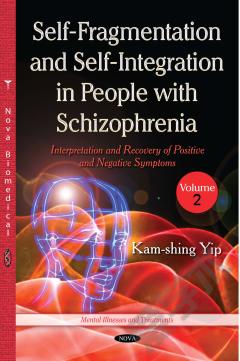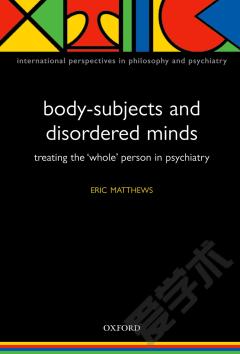Self-Fragmentation and Self-Integration in People with Schizophrenia, Volume 1: A Multi-dimensional Interpretation and Recovery
Schizophrenia has long been regarded as the most important mental problem since the twentieth century. Apart from the biochemical and genetic models, there are many psychosocial theories including psychodynamic, cognitive behavioral, phenomenological, existential, biochemical as well as social construction perspectives in explaining the cause and recovery of schizophrenia. Under the domination of biochemical and genetic models, the treatment, services and recovery work for clients with schizophrenia are undermined. Professionals may follow the recovery orientation and focus on hospitalization as the sole concern in recovery and treatment. However in doing so, they fail to connect with the rich and solid foundation of related theories in schizophrenia in past centuries. In addition, the subjective experiences of people with schizophrenia are severely ignored and neglected by related parties. This book serves to bridge this theoretical gap by a profound revisit of different perspectives and concepts in self-fragmentation of persons with schizophrenia. Within phenomenological, psychodynamic, sociological and existential perspectives, clients with schizophrenia harbor an intense urge for an integrated self-system and ontological existence behind their fragmented psychotic experiences. Within the self-fragmentation and self-integration dilemma, three dynamic forces are identified. They are self-splitting versus self-cohesions, self-concealment versus self-visibility, and self-destruction versus self-preservation. This integration, when it occurs, can finally leas to a full mental health recovery. That includes three positive forces: self-cohesion, self-visibility and self-preservation, which enable the individual with schizophrenia to restore a normal integration system with a normal life and social functioning within an integrated and supportive community.
{{comment.content}}








 京公网安备 11010802027623号
京公网安备 11010802027623号